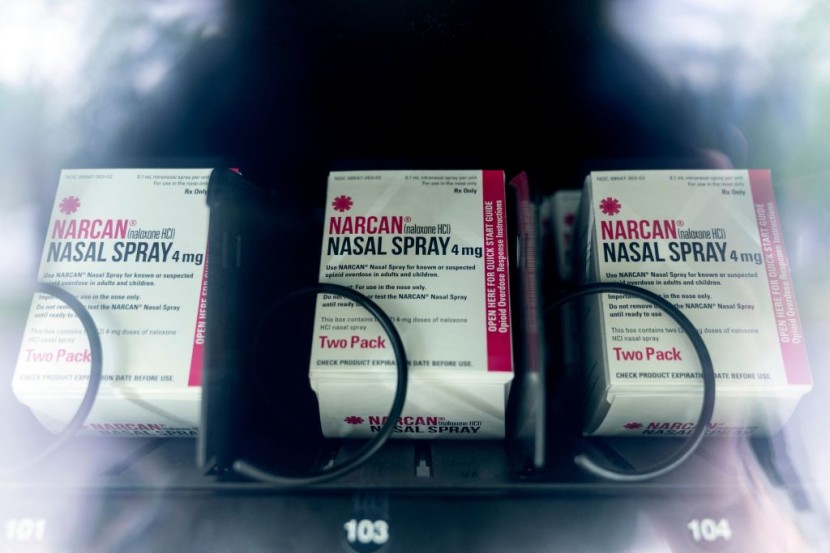Vending machines will be repurposed to carry life-saving supplies to fight the opioid epidemic. In the US, there is a growing number of cities and local governments that are making harm-reduction items, such as the overdose-reversal drug naloxone that is available for free via machines.

The recent approval of Narcan by US regulators is expected to drive more interest. Shaffer Distributing is one of the companies that worked with US communities to put medication in machines prior to the FDA's over-the-counter approval, as reported by APNews.
How the Vending Machines Will Work
The vending machines work like a typical machine, but this time, they are modified to dispense medications. The company has already worked on machines that dispense Narcan nasal spray, HIV testing kits, and more.
They have sold over 200 machines to the harm-reduction community. These machines have been put everywhere, from public libraries to city hall. There are also some that are delivered to post offices, college campuses, and sheriff's offices.
A vending machine, it will provide the end user with the opportunity to walk up without being judged or having to have the money to buy the product.
To use the vending machine, the user will need to follow a few simple steps. First, they must select the medication they require from the machine's touch screen options. Next, they must pay for the medication using cash, a credit card, or a smartphone payment app. Once payment has been made, the machine will dispense the medication, and the user can collect it from the dispenser.
The vending machines are designed to be easy to use and accessible to everyone. They are also designed to be secure, with built-in safety features to prevent theft and misuse. The machines are regularly serviced and restocked to ensure they remain fully operational and stocked with the needed medications.
Vending machines work by providing a convenient and discreet way for people to access the medications they need. They are designed to be easy to use, secure, and accessible, and they are already making a difference in many communities around the world.
Read also: US Opioid Crisis: CVS Health Agrees To $5 Billion Settlement of Nationwide Lawsuits
The Opioid Epidemic in the US
The opioid epidemic in the US is a growing public health crisis that has been fueled by the over-prescription of opioid painkillers and the availability of illegal opioids such as heroin and fentanyl. The epidemic has led to a sharp increase in overdose deaths and has had a devastating impact on families and communities across the country.
In response to the crisis, many states and local governments have implemented a range of strategies to address the issue, including increased access to addiction treatment, expanded use of naloxone, a medication that can reverse opioid overdoses, and increased regulation of prescription opioids.
Vending machines that dispense medications for opioid addiction have also been introduced in some areas as a way to increase access to treatment. These machines provide patients with buprenorphine, a medication that can help manage withdrawal symptoms and reduce cravings for opioids. The machines are often located in clinics or other healthcare facilities and are operated under strict guidelines to ensure they are used safely and appropriately.
While vending machines are not a solution to the opioid epidemic on their own, they can be a useful tool in helping increase access to treatment and support for those struggling with addiction. As the crisis continues to evolve, it is important to explore all potential solutions and strategies to help address this complex issue.
Related article: Opioid Prescriptions Are Declining, But Fatal Overdoses Are Rising: Why?
© 2025 HNGN, All rights reserved. Do not reproduce without permission.








